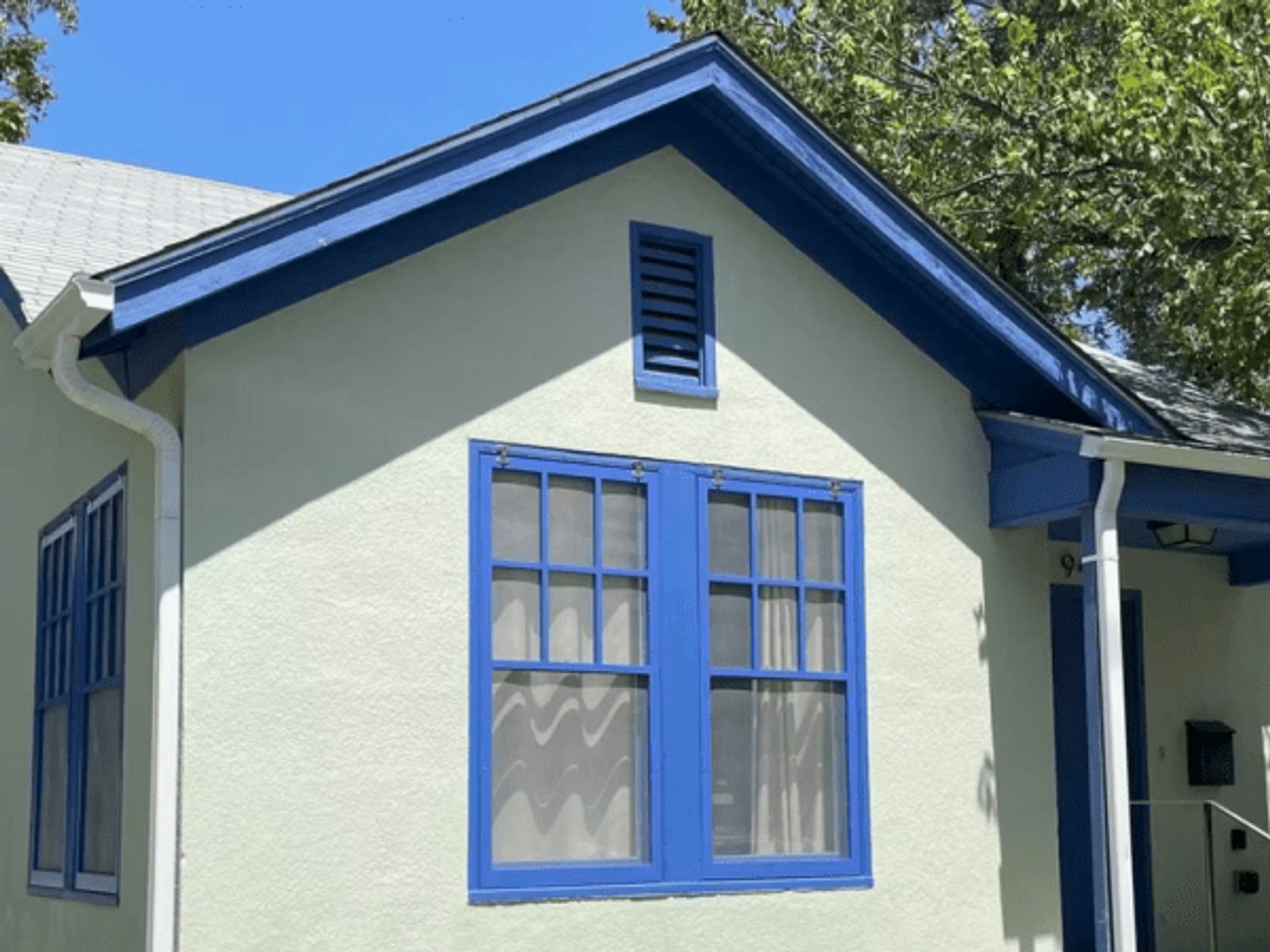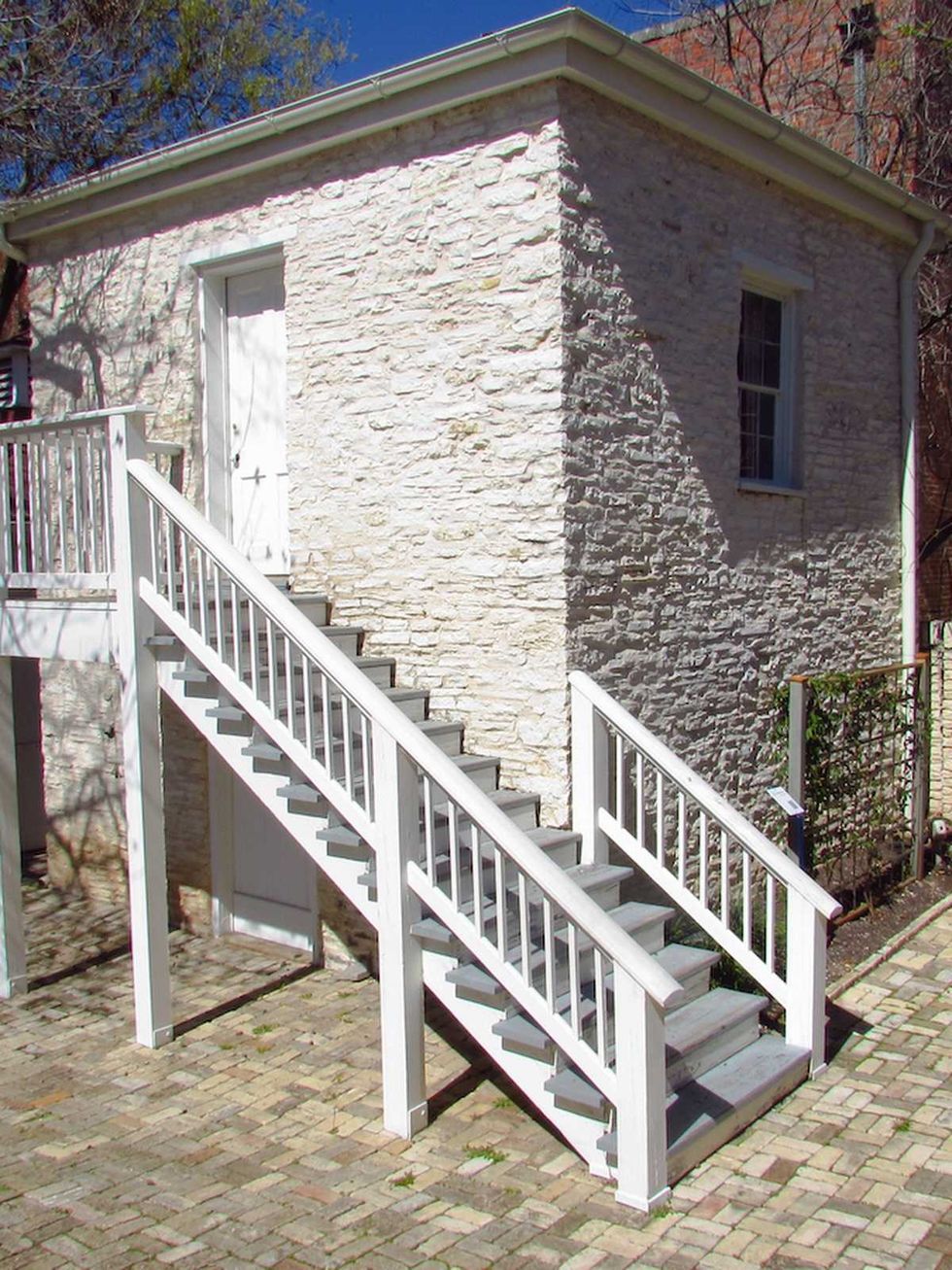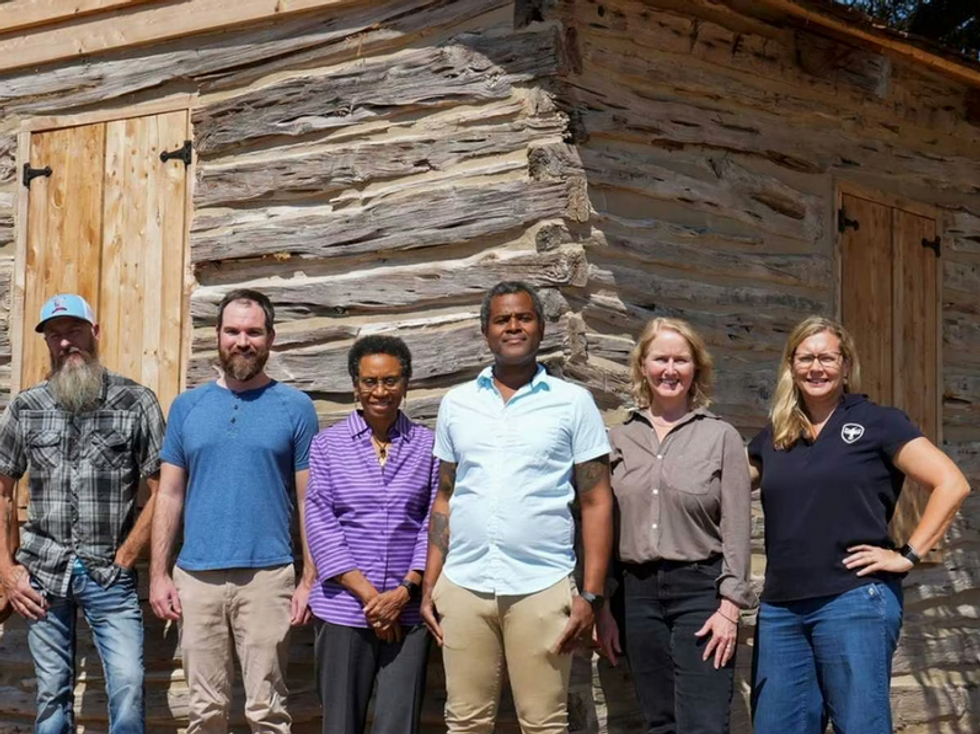Wildfire Benefit
ART from the ashes: Artists band together for exhibition that reclaims beautyfrom the devastating Bastrop fires
 Peter Mangan, "Melted Moon"This glass lens in a steel ring has lost its initial purpose. The wildfire heathas melted it into a new shape, added colors, added textures. The fractures areheld together by melted marbles. This changed lens now references a full moonrising over the pines.
Peter Mangan, "Melted Moon"This glass lens in a steel ring has lost its initial purpose. The wildfire heathas melted it into a new shape, added colors, added textures. The fractures areheld together by melted marbles. This changed lens now references a full moonrising over the pines. Peter Mangan, "Looking Glass"When I first saw this hunk of melted amber glass, there was an "Aha!" moment. This glass used to be a mirror. Since medieval times, glass artists have usedsilver on heated glass to achieve this coloring effect. Think of the saint'shalo in a stained glass window. Here is an example of a wildfire being thestained glass artist. The beautifully colored glass also gained a jaggedlayered new shape. This found object is held aloft by two steel hinges, whosewooden door is gone. Here stands a fire transformed figure.
Peter Mangan, "Looking Glass"When I first saw this hunk of melted amber glass, there was an "Aha!" moment. This glass used to be a mirror. Since medieval times, glass artists have usedsilver on heated glass to achieve this coloring effect. Think of the saint'shalo in a stained glass window. Here is an example of a wildfire being thestained glass artist. The beautifully colored glass also gained a jaggedlayered new shape. This found object is held aloft by two steel hinges, whosewooden door is gone. Here stands a fire transformed figure.- Peggy Jo Hilburn, " A Sunday Afternoon" A wax mold of the bark of a burntloblolly pine.
 Peggy Jo Hilburn
Peggy Jo Hilburn The Bastrop fire from above.
The Bastrop fire from above. Burned forest
Burned forest
Last summer, as wildfires flared up across Central Texas, I thought about what might happen if the flames spread my way. Where would I go if my home was no longer the safe haven that it is? How would I survive?
Now, as I contemplate the mass destruction that the 2011 Bastrop County fires wrought, I wonder how I would ever begin to rebuild had my home been affected. A home filled with memories burnt to the ground. A forest of tall and majestic Loblolly Pines and ancient Live Oaks reduced to blackened stubs in a gray barren landscape. I don’t know where I would find the will to start again.
One nonprofit understands the immobilization that results from this sort of devastation. And their contribution to the healing process is their art. After all, art can feed the spirit in this cycle of life, and help us all survive the terrible by teaching us to appreciate beauty.
In this spirit, ART from the ashes (AFTA), a California-based nonprofit, is building an exhibition of works from Texas artists to support Central Texas Wildlife Recovery.
The event, which is scheduled for Spring 2012, is to include a variety of special event programs: artist demonstrations, panel discussions, music and visual arts performances, and a special art-science exhibit that will explore the creative ways in which artists have depicted fire ecology through the ages.
The work, commissioned specifically for this exhibition, is a collection of works built quite literally from the ashes of the fire. These AFTA artisans are working with reclaimed materials they gathered from the Bastrop site: twisted metal, wood, glass, ash and found objects that will become sculptures, paintings and ceramics. As the organization explains, "Every work of art will tell a story and capture the heart of a place in time and history."
AFTA has invited a total of 70 Texas artists to contribute to the exhibit, including Peggy Jo Hilburn, a glass artist who moved her home and studio to Bastrop because she fell in love with the trees. Hilburn helped evacuate three homes, including her own, during the fire. She recalls that the morning of the fire, the world was too still, too quiet, and the birds were silent. Her AFTA piece titled "A Sunday Afternoon" is a tribute to the lost Loblolly Pines which she loved so much.
“I hope the piece can help bring awareness of the fragility of the forest, the beauty of the trees,” Hilburn says, “That this is our responsibility.” The sculpture, which will be cast in amber glass, is molded from a wax of the charred bark left behind by a burnt loblolly pine near her home. The process of working on this creation has been cathartic for her, and she hopes that her work can help others process their own experiences.
Peter Mangan is another participating artist whose personal property was not actually damaged. Mangan recognizes, though, that if much of his life had been destroyed by the fires, “it would be incredibly difficult to work with these materials. There is enough emotional distance, so that I can deal with the post-fire artifacts as interesting recycled material to use for making sculpture.”
Mangan will be contributing two pieces to the collection: "Melted Moon" and "Looking Glass." “Recycled materials are great to use in artwork,” he says. “They have character from their past that new materials lack.” For example, the fire melted glass into new textures and brought out new colors from the glass. In Mangan’s hands, layers of aggressive meaning and metaphor transform again into beautiful works of art.
AFTA’s fundraising initiative for Texas marks the first time the nonprofit will take its mission outside its home territory. To help ground the exhibit in Texas they have partnered with Big Medium, but the coalition is still in search of the ideal gallery space for the show. Proceeds from the benefit will go to the Lost Pines Recovery Team to help rebuild the fragile ecosystem of the Lost Pines region.
The people of Bastrop are starting over again, a strong testament to the resilience of the human spirit. It is the expression of grappling with death and recovery that gives life to so much of what we call art.
---
Read more about AFTA's initiative online.


 The Neill-Cochran House Museum's mid-19th-century slave quarters received Planning and Historic Designation grant support for restoration and historical interpretation.Photo courtesy of Preservation Austin
The Neill-Cochran House Museum's mid-19th-century slave quarters received Planning and Historic Designation grant support for restoration and historical interpretation.Photo courtesy of Preservation Austin Built around 1863, the Henry G. Madison cabin in Rosewood Park received Bricks and Mortar grant support for preservation planning work.Photo courtesy of Preservation Austin
Built around 1863, the Henry G. Madison cabin in Rosewood Park received Bricks and Mortar grant support for preservation planning work.Photo courtesy of Preservation Austin